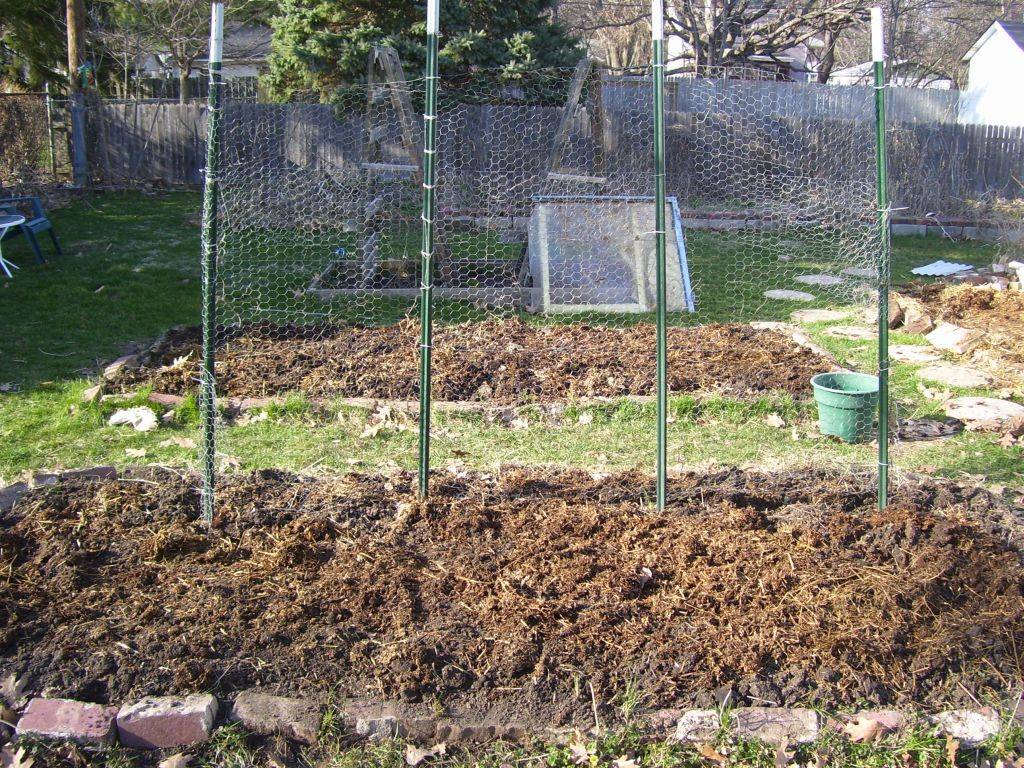
The best way to be hopeful for the future is to prepare for it.
–James Howard Kunstler
Every February, my family and I load up the car Clampett-style and trek down to Florida for about ten days. Our reprieve from this year’s deeply unfriendly Midwestern weather involved two beautiful beaches and some extended family hijinks. It was excellent. However …
I’ve noticed that vacation, at least the way we take this particular vacation and the way so many other people we saw were taking theirs, is really an unsustainable practice. I won’t bore you with the details, but the sheer overall waste, especially in places where recycling either doesn’t exist or is made extremely difficult, makes me deeply uncomfortable year after year. This year my discomfort grew to the point where I didn’t really feel like buying anything, even as I was purchasing vacation basics like meal ingredients and sunscreen. We do our best to have a light footprint on our yearly excursion, but this year it all just seemed so heavy. Maybe it was the incessant bad news about the current economic picture, but coming home put me into what I call the “sleeves up, hands dirty” mindset. For me, this means I’m thinking strategically about my garden: the planning and the planting and the harvesting and the preserving. Oh, and the eating.
Right now, in the face of crappy economic news, it’s important to focus on what we can do as opposed to the things we can’t. Most of us have grown up not having much of a relationship with our food; worse, many of us have come to believe that having such a relationship with food is too difficult, too time-consuming, and unnecessary.
It’s none of those things.
While actual gardening and growing food isn’t for everyone (logistically and/or temperamentally), establishing that relationship either by getting to know local growers via the farmers’ market or local retailers, as well as understanding the rhythm of the seasons, is excellent practice.
Martha Stewart’s Living magazine always had (still has?) a calendar feature where she talked about what “she” was “doing” each day of the month (purchasing rare fowl on the 15th, hiring a new gardener on the 17th, monogramming dishtowels on the 23rd, etc.), and I always thought it was a good idea, if a bit chi-chi. So here’s a garden/food preservation timeline of sorts that has nothing to do with renovating the kitchen at my summer home.
NOW IS A GOOD TIME TO …
- Decide what and how much you want to grow and what you’re going to do with it all. Will you give the excess away to neighbors? Grow for elders in your neighborhood? Donate to a food pantry? Preserve it for yourself?
- Sketch out the garden plan. Whether you have containers or a huge backyard, now is a good time to assess what you’ve got in terms of space and how you want to arrange things. Graph paper is very useful for this endeavor. Use pencil, because you will change your mind
- Order seeds. While I was away, I put finishing touches on a couple of seed and plant orders and carved out some time to start the seeds in early March if everything arrives on time (plants and tubers, like potatoes, will ship from the grower when it’s safe to put them into the ground according to the plant hardiness zone you’re in). Regarding indoor seed starting: I’ll write about that next column, after I have things going. In the meantime, part of my plan is to purchase additional lights so I can start more plants to donate to our local plant sales. C-U has some excellent ones in early May. You can fill your entire garden with stuff other people have started for you.
- Take inventory. For your garden, have a look at your tool situation. For food preservation, it’s a good idea to check over any existing supply of canning jars, lids, and rings, and to purchase some soon if you plan to learn to can or need replacements. Get that old pressure canner that belonged to your grandma checked out by the University of Illinois Extension office before using it. If freezing produce is your thing, stock up on freezer bags or other freezer containers. Now’s a good time. Lots of people have this gardening/food preservation idea this year.
- Come out of hibernation. Develop plans with friends and neighbors. Know nothing about growing potatoes but see your neighbor pulling pound after pound of them out of the ground every year? Talk to your neighbors and find out their secret. In my neighborhood, we’re tapping maple trees (with permission), starting seeds for each other, and plan to grow produce for Friday evening produce swaps. Some of us will have way more rainbow chard than we need.
I’ll be back in a couple of weeks with a new timeline.
Let’s get to work!








